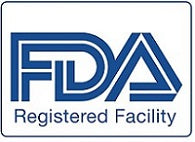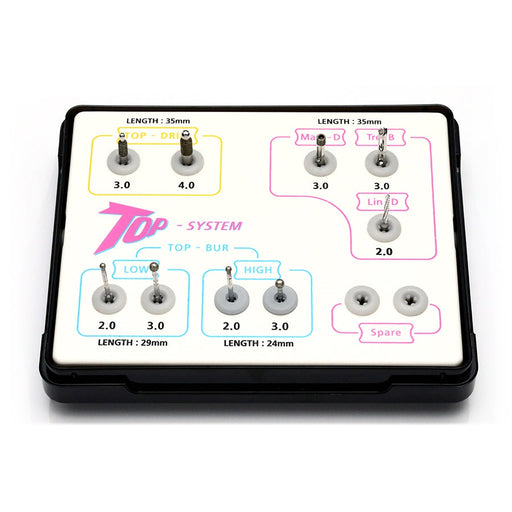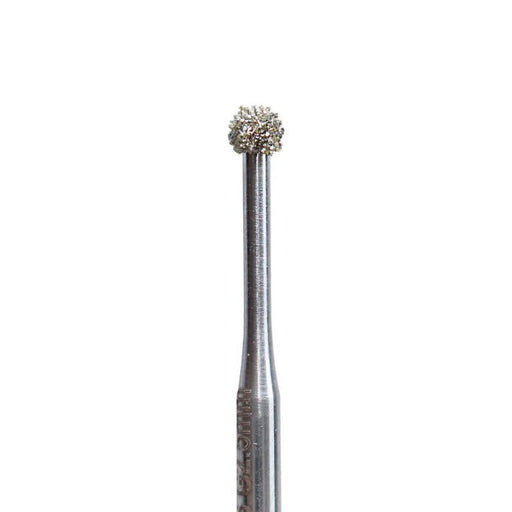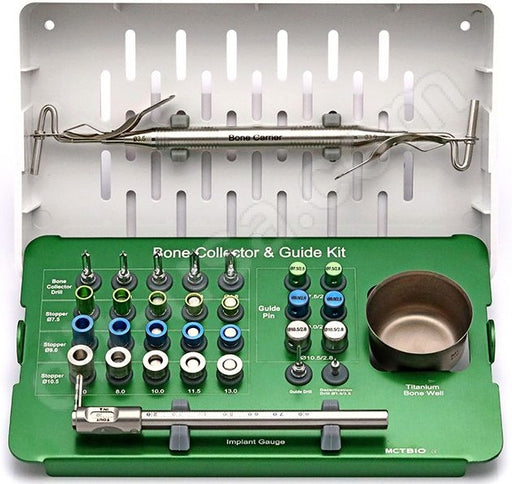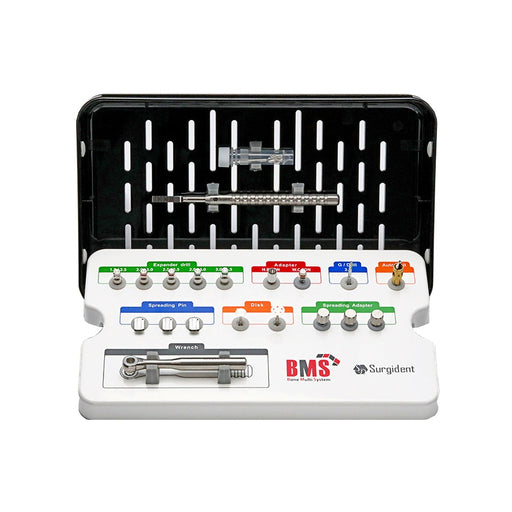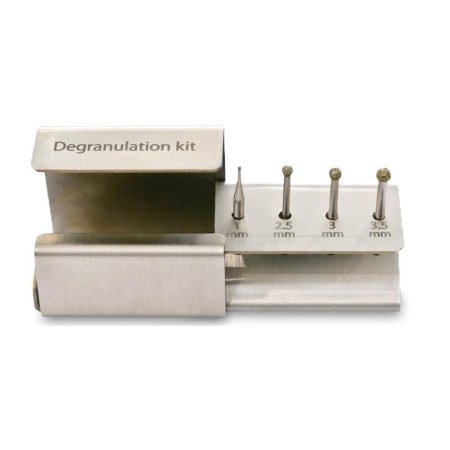
Dental Degranulation Kit – Post Extraction
Introduction
After tooth extraction and cleaning of the tooth socket with dedicated curette in order to remove all of inflammatory and infectious tissue (lesions like periapical lesions, dentoalveolar abcesses, periodontal lesions, cysts) some remnants of soft tissue remain within the bone and inhibit appropriate healing of the region and do not allow immediate implant placement or bone implantation due to concern regarding infection. Most investigators believe that an infected site should be viewed as a contra-indication for implant placement or bone implantation. When the tooth is extracted the area attracts soft tissue and bone cells with an excellent regenerative and healing potential. If the site is infection-free the entire extraction site can be reconstructed by using a membrane in case of deficient or absent buccal or lingual wall, filling the cavity or gap with allograft bone substance and performing primary closure. Usually within 6-8 weeks from extraction the soft tissue and bone regenerative cells are well organized and their healing potential is substantially diminished. By using the “Degranulation Kit” the practitioner can attain complete removal of all elements that can potentially inhibit healing or promote infection. When clearing these elements from all walls of the bone defect or gap one can obtain both socket preservation and immediate implantation, without the risks of infection. The kit comes with a dedicated and specialized drill that as opposed to the Tungsten drills does not slip, slide or over-penetrates and allows full control of the “cleaning” process without causing unwarranted emphysema.
Key Features
- Designed morphologically to tear out all of the remnants of soft tissue which are well attached into the bone and grab them out without harming the bone.
- The debridement process is done quickly and effectively.
- The drills are more precise and do not grab the bone compere to tungsten burs.
- The drills are connected physiodispenser working in sterile environment
- The speed can be controlled comparing to high speed depends on the kind of procedure needed and preventing emphysema.
- Multi use unique suction which is designed exclusively for excellent direct visualization of the infected area. (is always the best technique) to ensure optimal debridement.
 |
 |
 |
 |
Advantages
- Optimal debridement of the inflammatory tissue achieved which cannot be done manually by surgical spoon curette.
- Multi task drills can be used in implantology, periodontal surgery, endontic surgery and root removal
- Maximum safety when working near anatomical structure.
- Multiuse drills (more than 100 procedures).

Stages of Procedure
- Atraumatic tooth extraction with an attempt to preserve the integrity of the socket walls.
- Debridement of soft tissue employing a surgical curette within the bone defect.
- Use of dedicated suction to remove blood from within the socket to allow direct visualization of the socket walls, and identify regions that still harbor soft tissue that penetrates the bone.
- Use the dedicated drill (fits the physio-dispenser) at drilling speeds of 2000-2500 rpm and scraping the defect walls. The initial drill-based scraping is done without water and only later water can be added to rinse the drill and the socket and defect while employing the dedicated suction.
- This procedure should be repeated until complete removal of the soft tissue and cleaning of the defect is accomplished.
Emphasize
There is no need to sterilize or disinfect the site with chlorhexidine or antibiotic solutions. The meticulous cleaning under direct visualization employing the dedicated drill and suction should be sufficient to secure the site to remain infection-free


